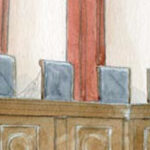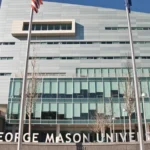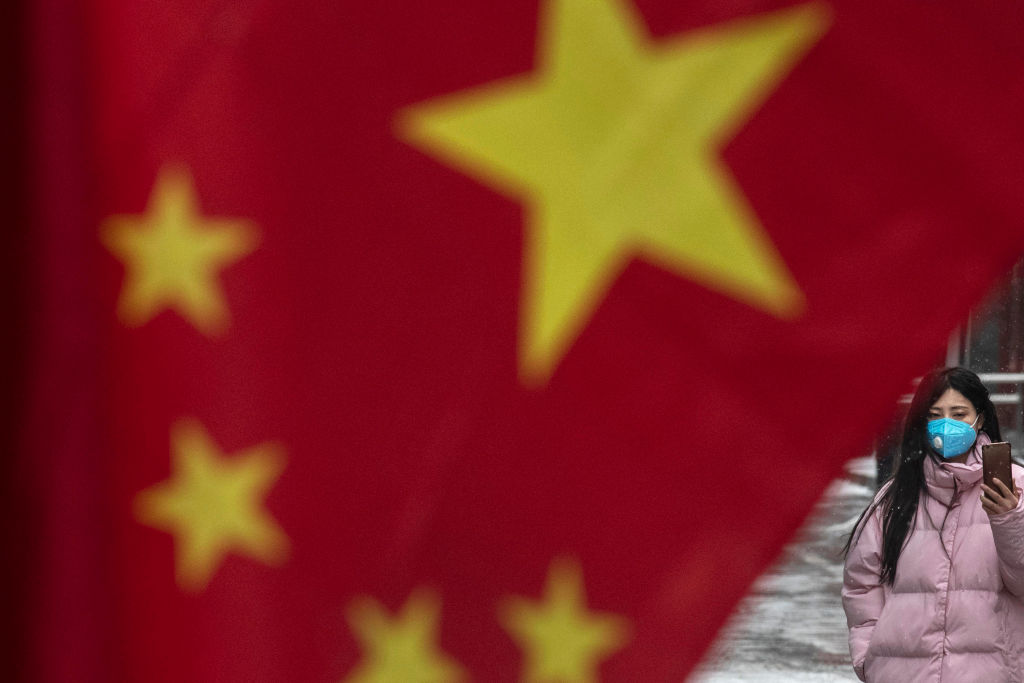“In view of Brumfield and
WesternGeco…parties can expect plaintiffs to seek
damages calculations based on foreign revenues, which, at a
minimum, will lead to more frequent discovery requests and
disputes….”
In patent litigation, damages issues are sometimes treated as an
afterthought when compared to the issues of infringement and
invalidity. However, achieving a client’s goals requires an
attorney to place damages at the center of the litigation strategy
from the very beginning. Damages, quite simply, can make or break a
case. And it is a quickly evolving field, rife with inconsistent
judicial decisions, vague standards, and new techniques for
measuring damages. Below are some of the current hot topics in
patent litigation—and tips for practitioners on both sides of
the “v” on how to handle them.
Extraterritorial Patent Damages May Be Up for Grabs
Claims of patent infringement of U.S. patents are, of course,
limited to infringing activities in the United States, so for a
long time it was conventional wisdom that damages could only be
recovered for sales that occurred within the territorial United
States. But several recent appellate court decisions clarify that
there are circumstances in which a successful plaintiff may obtain
damages based on foreign lost profits.
In 2018, the Supreme Court decided WesternGeco LLC v. ION Geophysical Corp.,
585 U.S. 407 (2018), which held that damages could be awarded for
infringement under Section 271(f), based on supplying component
parts of a patented invention that were combined outside the United
States. However, there remained an open question of whether this
same rationale could be applied to obtain damages for foreign sales
for cases of infringement under Section 271(a) (e.g., making,
using, selling, or offering to sell the patented invention).
Recently, in Harris Brumfield v. IBG LLC, the U.S.
Court of Appeals for the Federal Circuit considered this question
and held that it did. As a result, the law is now clear that a
successful patent holder may recover damages based on entirely
foreign sales if a domestic act of infringement under Section
271(a) is the “proximate cause” of the lost foreign
profits.
The Brumfield decision is unlikely to be the end of
this line of jurisprudence, as it raises several questions,
including, most notably, what “causal relationships” and
fact patterns will satisfy the proximate causation requirement.
In view of Brumfield and WesternGeco,
practitioners should be prepared for more litigation issues arising
relating to extraterritorial issues. Parties can expect plaintiffs
to seek damages calculations based on foreign revenues, which, at a
minimum, will lead to more frequent discovery requests and disputes
relating to whether discovery into foreign sales is appropriate and
whether the causal connection has been shown. It may also lead to
greater disputes up front in cases where plaintiffs chose to plead
allegations regarding foreign sales. And there could be issues
relating to patent exhaustion and double recovery if patentees are
not careful and simultaneous asserting related foreign patents.
Practitioners should be familiar with the standards and prepared to
identify and address these issues.
Beware of Apportionment Issues
Most practitioners know that a plaintiff has the burden to
identify and define the incremental benefit of the patented
invention, and generally cannot calculate damages based on the
value of the accused product’s non-patented elements. However,
in a world where inter partes review occurs in parallel
with district court litigation, and dispositive motions may
invalidate certain claims before trial, the claims being tried may
be very different from those that were originally set forth in a
damages expert report months before.
What this means is that practitioners must be very cautious to
ensure their damages expert opinions provide appropriate
apportionment for each patent and even among independent and
dependent claims. Otherwise, if a patentee is left without an
opinion tailored to the incremental value of a particular claim,
its damages opinion may be excluded.
For example, in Prolitec Inc. v. ScentAir Techs., LLC, No. CV
20-984-WCB, 2023 WL 8697973, at *17 (D. Del. Dec. 13, 2023),
the District of Delaware excluded a damages expert opinion where
all independent claims had been invalidated, and the expert had not
apportioned the value of the features in the remaining dependent
claims. The penalties for failure to apportion are real and can be
case dispositive. Plaintiffs and defendants should both pay close
attention to this issue.
Defendants Have Burdens, Too
It is wise for defendants to be proactive,
and—sometimes—it is required. While most of the burdens
and first steps in litigation fall to plaintiffs, that is not
always the case. If defendants forget certain key areas where they
have obligations, they may find themselves missing out on certain
defenses at trial.
For instance, while defendants typically find themselves
responding to expert reports, they should consider whether to
submit an opening expert report on noninfringing alternatives. In
some circumstances, the failure to address non-infringing
alternatives until a rebuttal report may be grounds to exclude
those arguments at trial. For example, in Correct Transmission, LLC v. Nokia of America
Corp., 2:22-cv-00343, the Eastern District of Texas
recently excluded an expert report on non-infringing alternatives
that was not disclosed until rebuttal reports. Similarly, some
courts consider the defendant to have the burden of proof of
demonstrating the existence of a FRAND obligation that limits their
damages if they are found to infringe. See In re Innovatio IP Ventures, LLC Pat.
Litig., 956 F. Supp. 2d 925, 936 (N.D. Ill. 2013).
Thus, defendants should not merely respond to plaintiff’s
case. They should be proactive and identify areas where they may
want or need to present affirmative theories and evidence.
Stay On Top Of Damages Expert Standards
In 2023, the Advisory Committee on the Federal Rules of Evidence
made changes to FRE 702 regarding the admissibility of expert
testimony. The changes establish a requirement that it is
“more likely than not” that the expert’s opinion
meets the requirements of the rule. The changes to this rule were
intended to curb what the Advisory Committee described as the
“incorrect application” of Rule 702 by courts in holding
the sufficiency of an expert’s basis for the expert’s
opinion, and the expert’s application of the methodology, to be
questions of weight, and not admissibility. The Advisory Committee
emphasized the essentiality of “judicial gatekeeping” on
expert opinions.
After this rule change, courts may be more willing to step into
the “gatekeeper” role and exclude opinions that might
have previously been permitted to go to the jury. As a result,
practitioners should be prepared for increased challenges to their
experts’ opinions. In the damages context, this means that
experts should rely upon proven damages methodologies—now is
not the time to go out on a limb with a unique theory or to use an
unproven source. Likewise, practitioners should use this
opportunity to closely scrutinize their adversary’s expert
opinions and should not hesitate to challenge an opinion that fails
to satisfy the standard.
Don’t Forget Your Damages Case
In sum, the landscape continues to evolve for damages in patent
litigation cases. Practitioners should stay on top of these trends,
whether a plaintiff or defendant, to ensure they are advocating as
best as possible for their clients.
Originally Published by IPWatchdog
The content of this article is intended to provide a general
guide to the subject matter. Specialist advice should be sought
about your specific circumstances.
#Stay #Top #Hot #Topics #Patent #Damages #Litigation #Patent










